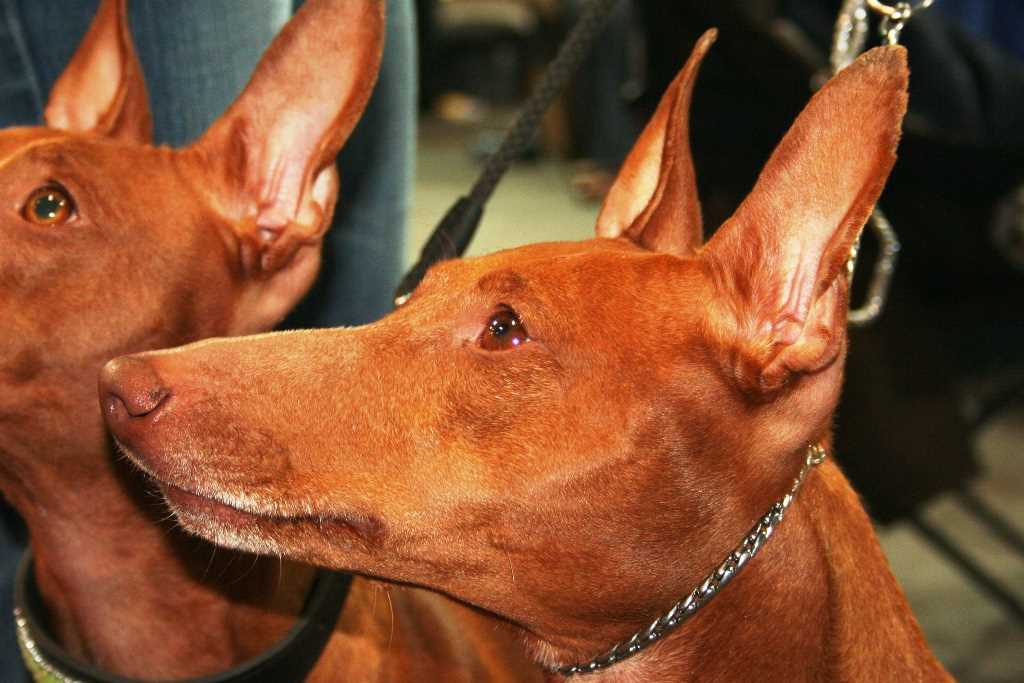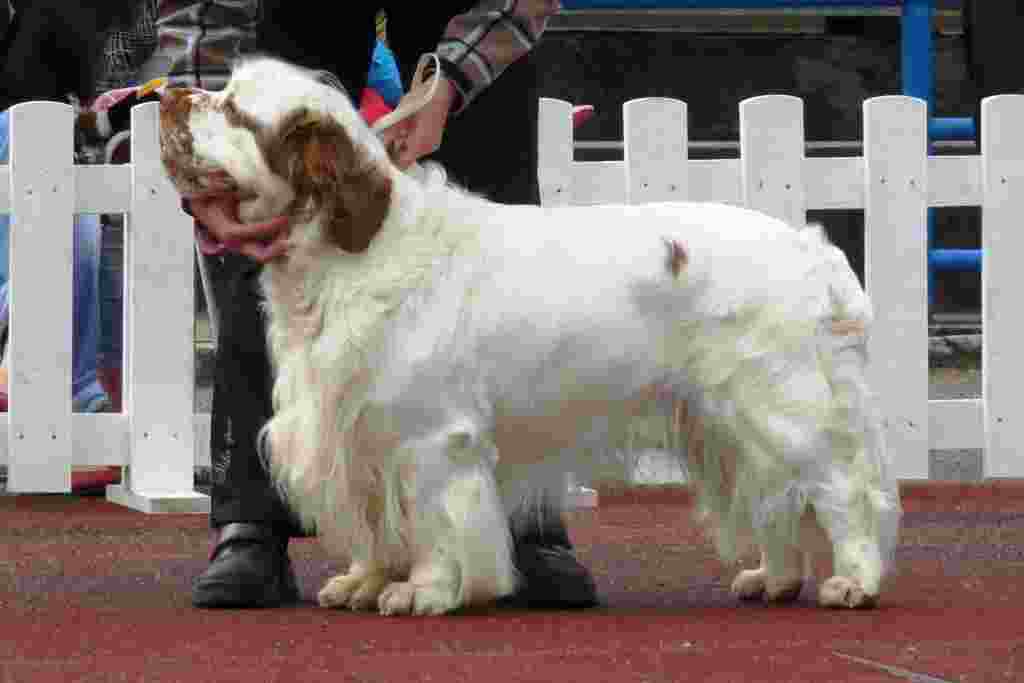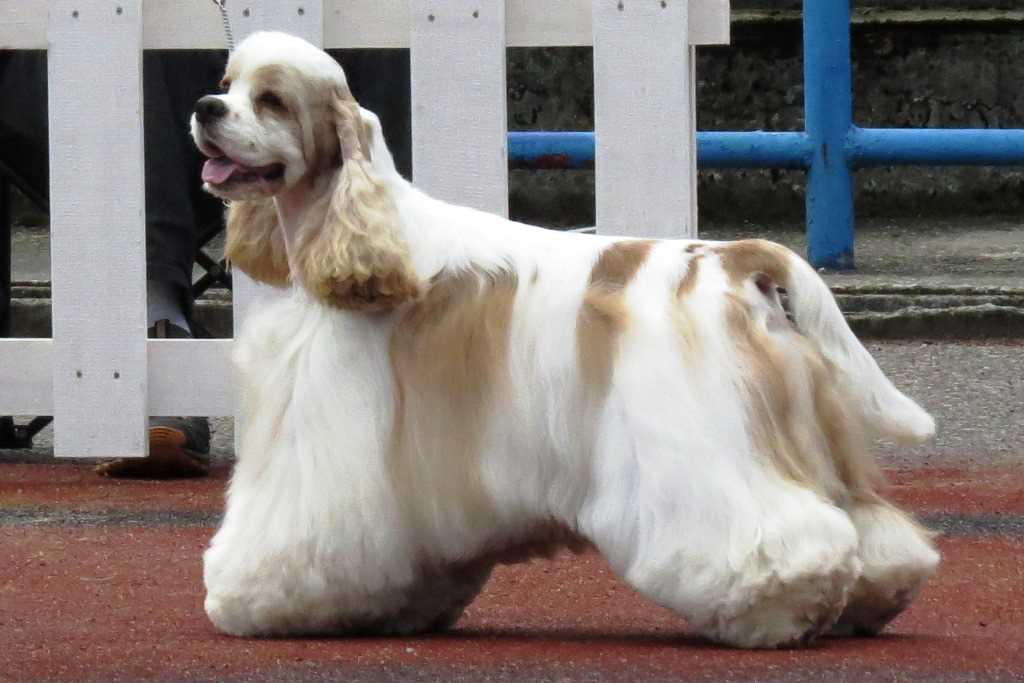The history of the Cirneco dell’Etna dog breed is very varied, as are the hypotheses regarding its origin. One of these states that this breed is descended from the dogs of the Egyptian pharaohs of the last dynasties. In fact, it is very similar to the Pharaon Hound, and is said to have existed as early as 1000 BC in the Nile valley in ancient Egypt. Another hypothesis is that they originated from dogs imported to Sicily by the Phoenicians, and in particular from the Ibiza podenco breed. There is no doubt, however, that this is a Mediterranean dog.
In more recent times there is another theory, which seems the most convincing, that the Etna cirneco is a native Sicilian breed. There are two facts that seem to confirm this hypothesis, the first being the discovery of a statuette, near Syracuse, of a dog very similar to the present-day cirneco and dating back as far as 4000 years BC. The other is its representation on coins minted in Sicily in the period between the third and sixth centuries B.C. It is, however, a very ancient breed that has undergone little manipulation over the centuries.
It looks like a greyhound, it is beautiful, slender, fast and agile. It is an animal born for hunting and was used in the past especially for hunting wild rabbits and hares. Today, in addition to hunting, it is also considered an excellent guard dog and companion. It is a dog that is mainly widespread in Sicily, much less so in Italy and is almost completely unknown in the rest of the world.
The character of the Etna cirneco dog breed
The Etna cirneco is a very intelligent, independent and somewhat solitary dog. It usually attaches itself to only one owner and would give its all for him, and shows loyalty and obedience. He is also very good with children, is never aggressive and is very calm, only that it is not for him to stay long in the confusion, so he tends to go away after a while. He has a bizarre character, that is he socializes immediately with someone, it takes him a while with others and he never socializes with others. It likes and dislikes people, like us humans.
It does not get on well with other animals, especially up to 3-4 years of age, so it is best to socialise it as soon as possible. Its training is easy, as it loves to please its owner, but it is a very sensitive and sweet animal and is capable of remembering an insult or an excessively harsh attitude, so it is important to be firm in training it, but not harsh in reprimanding it.
It is usually wary of strangers, although it never becomes aggressive, making it an excellent guard dog as it is alert to any stranger approaching its property.
As a small dog, it suffers from loneliness, but as it grows up, it will show that it does not particularly suffer from it. On the contrary, every now and then it likes to be alone and will therefore wait calmly and patiently for its family to return.
It is not suitable for elderly or sedentary people as it was born as a hunting dog and therefore needs a lot of daily exercise, to be left free in the woods and countryside where it is immediately visible that it is hunting, and if it has received valid training it will never tend to move away from its owner and will never lose sight of him.
Appearance of the Cirneco dell’Etna dog breed
The Etna cirneco is a small to medium-sized dog, the height at withers of a male is between 46 and 50 centimetres and weighs 10-12 kilograms, the female usually weighs a little less. It belongs to the class of primitive hunting dogs; its appearance is reminiscent of greyhounds, but unlike the latter it does not hunt by sight but uses its sense of smell, like a search dog.
It is slim and slender, with long legs and a muscular body, but at the same time very elegant and toned. It is also very fast, can even reach 40/45 kilometres per hour when running and is very good at changing direction suddenly when chasing prey. It also has strong fingers and pads that make it easy to walk among the volcanic rocks. Its musculature is dry and it has a light, but firm and resistant constitution.
Its tail, which is rather thick and uniform throughout its length, is sabre-like when the dog is at rest and high on its back when in action. The Etna cirneco is one of the 14 Italian breeds and is probably the oldest.
The head is well chiselled and dry, the muzzle is pointed and the length is equal to that of the skull, the eyes are not very large, but very sweet, they can be ochre, amber or hazel in colour. The ears, which are a characteristic of this breed, are perfectly straight and wide, the truffle is rather large and rectangular in shape to match the coat.
The coat is short and very dense on the ears, head and limbs, semi-long but always smooth and adherent to the skin on the trunk and tail. The most frequent colours are the more or less intense fawn, sand and Isabella which is a shade between yellow and brown. A peculiarity of many specimens is a star-shaped spot on the chest. You can also find specimens with a white list on the forehead, chest, paws, tip of the tail and belly, which are also white.
Health and care of the Etna cirneco dog breed
The Etna cirnecus does not suffer from any particular hereditary diseases. It is very robust and has excellent health. It is also very long-lived, with an average life expectancy of 15 years, but it is not uncommon to find specimens that have reached 20 years of age. However, it must be borne in mind that, being accustomed to a warm and dry Mediterranean climate, it fears the cold and sudden changes in temperature.
As it is mainly a hunting dog, it needs frequent outings to run and release all its energy, and it also needs a balanced and controlled diet as it tends to eat more than necessary.
As far as coat care is concerned, it is enough to brush it once a week to keep it nice and shiny.


